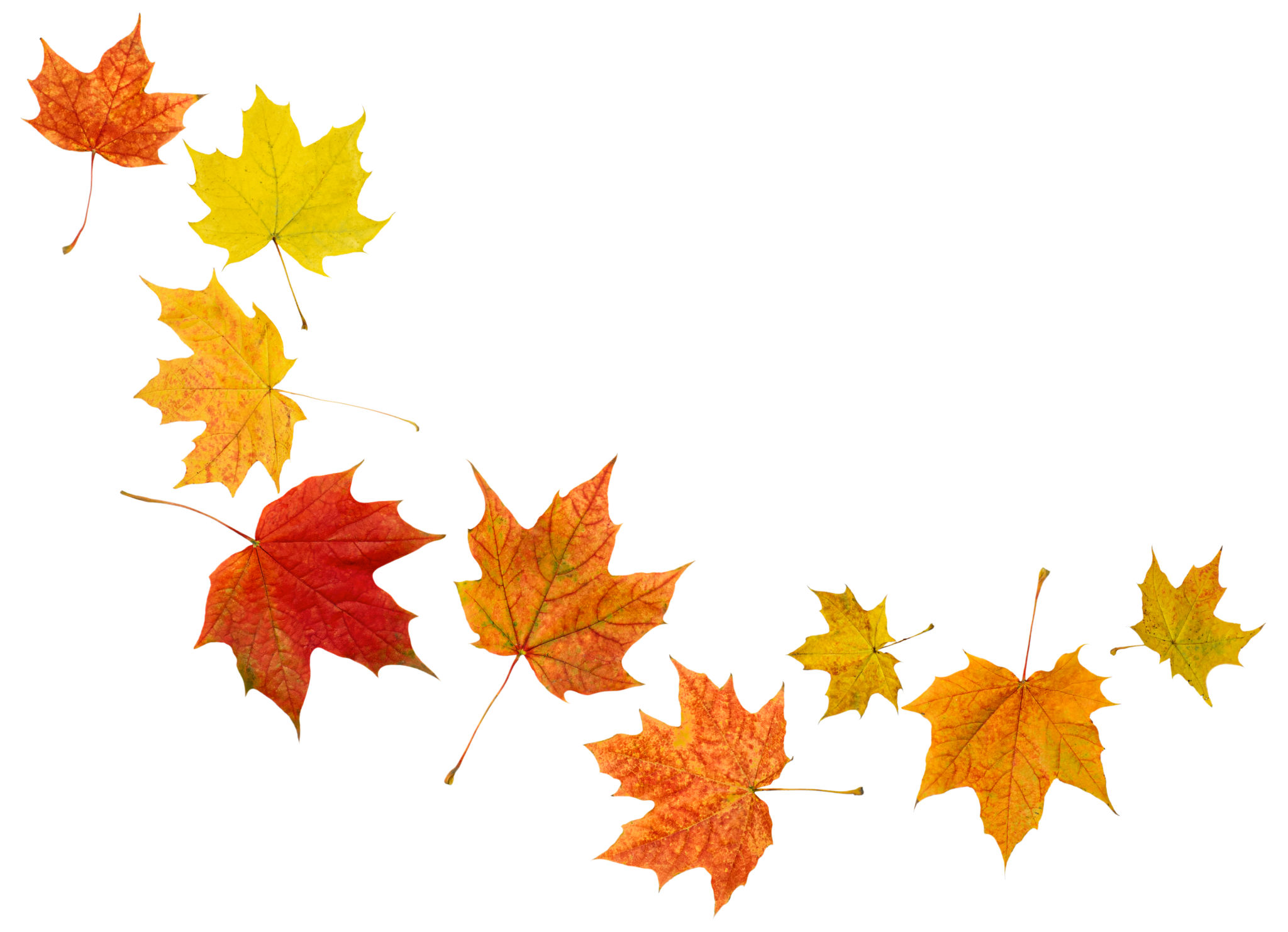Seasonal Groundwork Maintenance: Preparing Your Property for Winter
Understanding the Importance of Seasonal Groundwork Maintenance
As the leaves begin to fall and temperatures start to drop, it's crucial to turn your attention to preparing your property for the winter months. Seasonal groundwork maintenance is not just about aesthetics; it’s about protecting your investment and ensuring safety. By taking the time to properly maintain your grounds now, you can avoid costly repairs and prevent potential hazards during the colder months.

Winter can be harsh on landscaping, causing damage to plants, trees, and infrastructure. Without proper preparation, you may find yourself facing a landscape that's worse for wear when spring arrives. Proactive measures will not only preserve the beauty of your property but also enhance its functionality and safety.
Preparing Your Lawn and Garden
Your lawn and garden require special attention as winter approaches. Begin by aerating your lawn to improve drainage and allow nutrients to reach the roots effectively. It's also a good idea to apply a slow-release fertilizer that will nourish your lawn throughout the winter.
For gardens, remove any dead plants and debris that could harbor pests or diseases over the winter. Consider adding a layer of mulch to protect roots and conserve moisture. This simple step can significantly enhance your garden's resilience against the cold.

Tree and Shrub Care
Trees and shrubs are important elements of your landscape that require specific care before winter sets in. Start by pruning any dead or diseased branches to prevent them from falling during storms. This is particularly important for large trees that could pose a risk to your property or safety.
Consider wrapping young or sensitive plants with burlap to shield them from harsh winds and freezing temperatures. Applying a layer of mulch around the base of trees and shrubs can also provide insulation and retain soil moisture.
Addressing Hardscape Areas
Hardscape elements such as driveways, walkways, and patios also need attention during seasonal maintenance. Begin by inspecting these surfaces for cracks or damage that could worsen with freezing and thawing cycles. Seal any cracks to prevent water infiltration and further deterioration.

Keep an eye on drainage systems around hardscapes to ensure they are functioning correctly. Clear gutters and downspouts of leaves and debris to prevent clogging, which can lead to water damage or ice formation in unwanted areas.
Winterizing Outdoor Equipment
Don't overlook the importance of winterizing outdoor equipment such as irrigation systems, garden hoses, and outdoor furniture. Drain all water from hoses and irrigation systems to prevent freezing, which could cause pipes to burst or hoses to crack.
Store outdoor furniture in a dry, sheltered area or cover it with weatherproof materials to prolong its lifespan. Taking these steps will ensure your equipment is ready for action once spring arrives.
Final Touches for a Well-Prepared Property
After addressing these key areas, take a walk around your property for any final touches that might be needed before winter truly sets in. Look for any additional clutter or debris that needs clearing, check lighting fixtures for functionality, and ensure all gates and fences are secure.

By investing time in seasonal groundwork maintenance now, you'll be setting your property up for success throughout the winter months. Not only will this maintenance help prevent damage, but it will also provide peace of mind knowing your property is safe and well-cared for, ready to welcome the spring thaw with open arms.
